Peniche Fortress has a long and rich history that holds special significance for me. My dad’s family resided in Peniche for many years. My grandfather served as a Chief Deputy Officer at the fortress, and my dad spent part of his childhood growing up within the walls of this historic federal prison.
Where is Peniche?
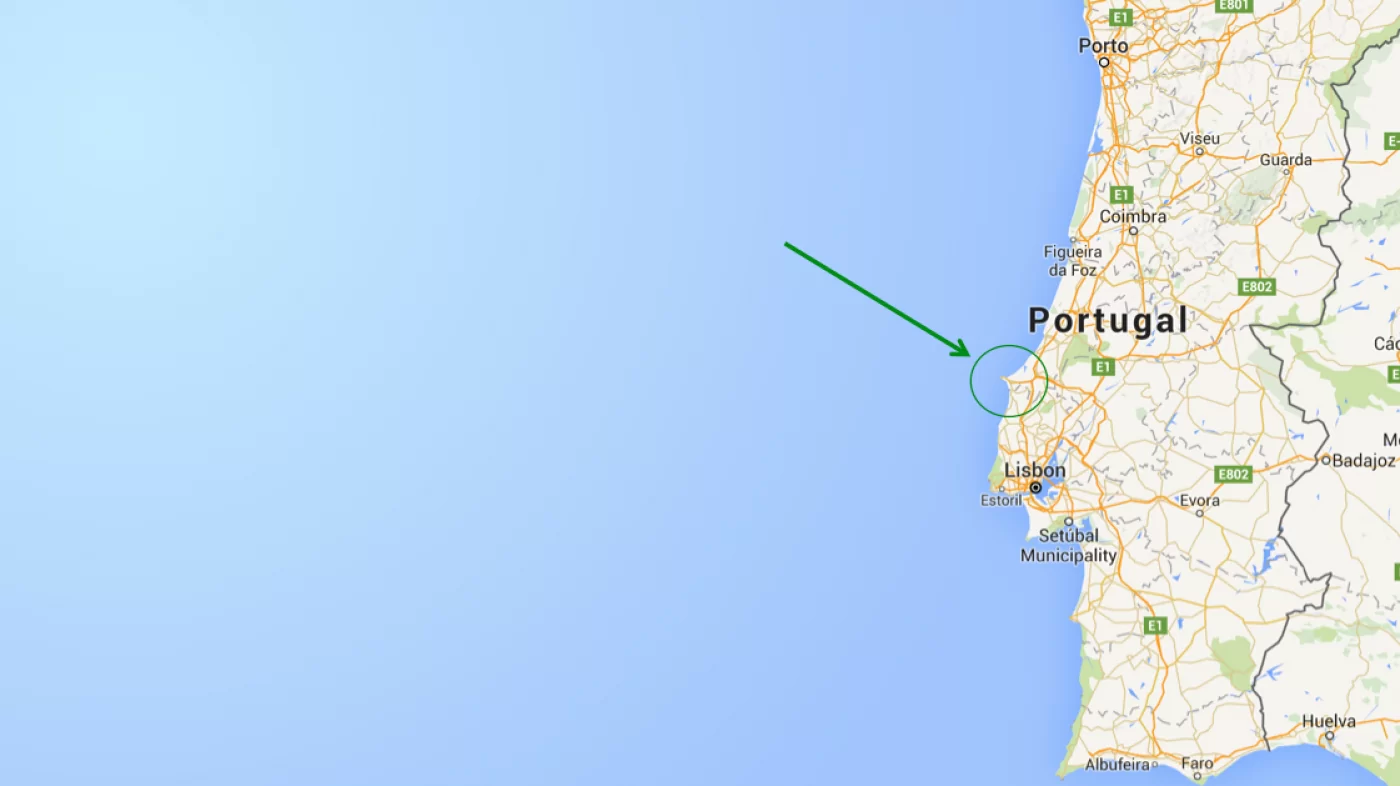
Peniche is a small fishing town on Portugal’s central west coast, approximately 100 km north of the country’s capital, Lisbon. This town has a reputation for being one of the best surfing spots along the Portuguese coastline, and people often refer to it as the “capital of the waves.”
This small town is home to Supertubos or Supertubes, which hosts the MEO Rip Curl Pro Portugal. Peniche has other exciting attractions such as Cabo Carvoeiro, beaches for relaxing, the Berlengas Archipelago, and monuments like the fortress.
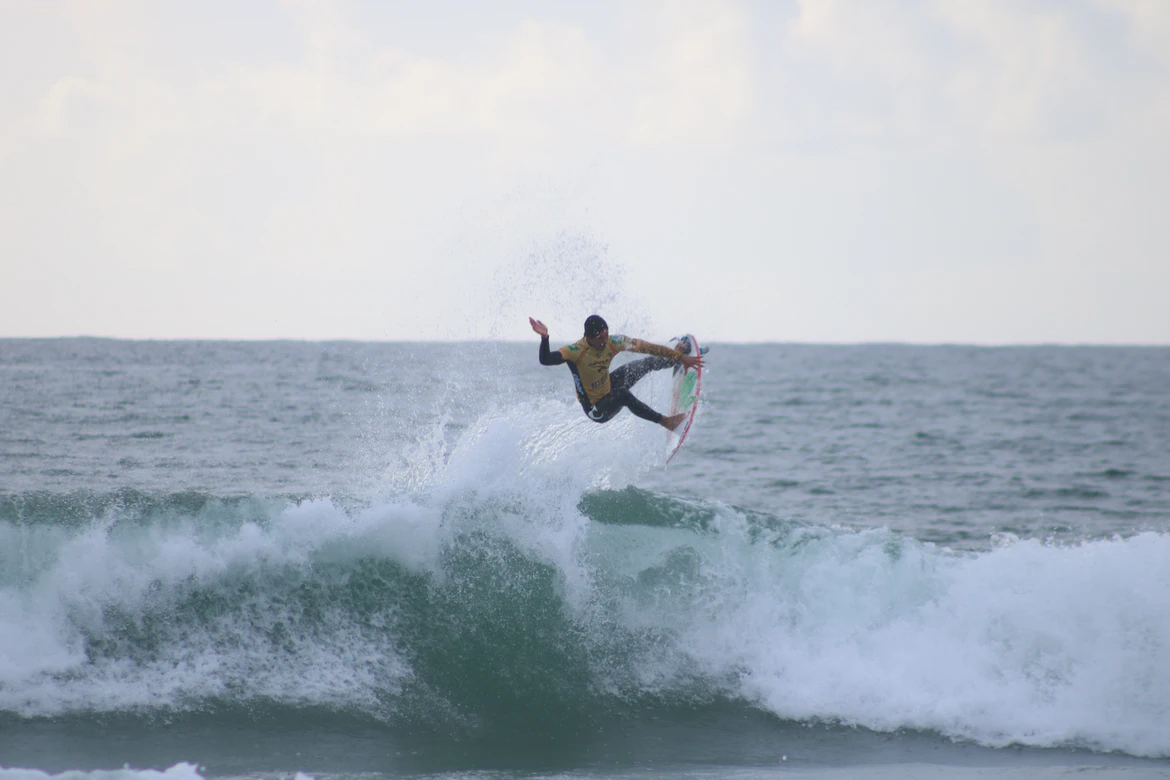
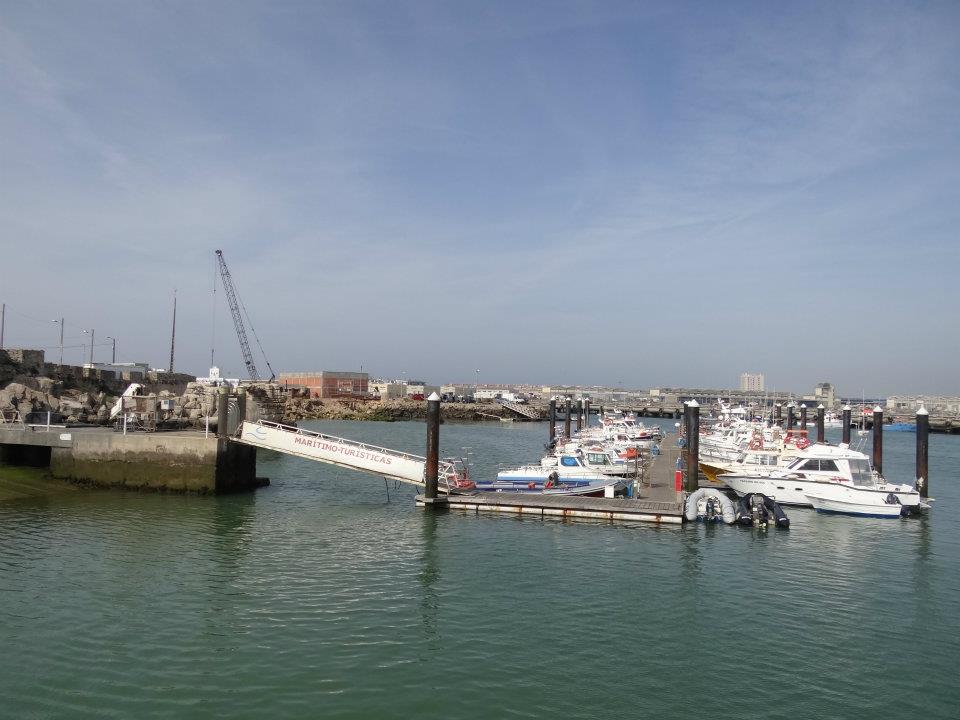
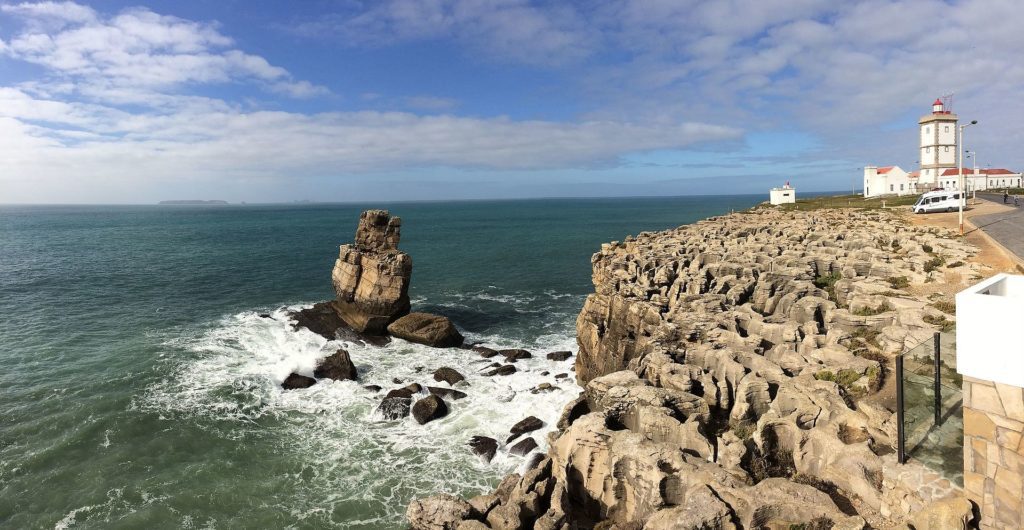
Some history
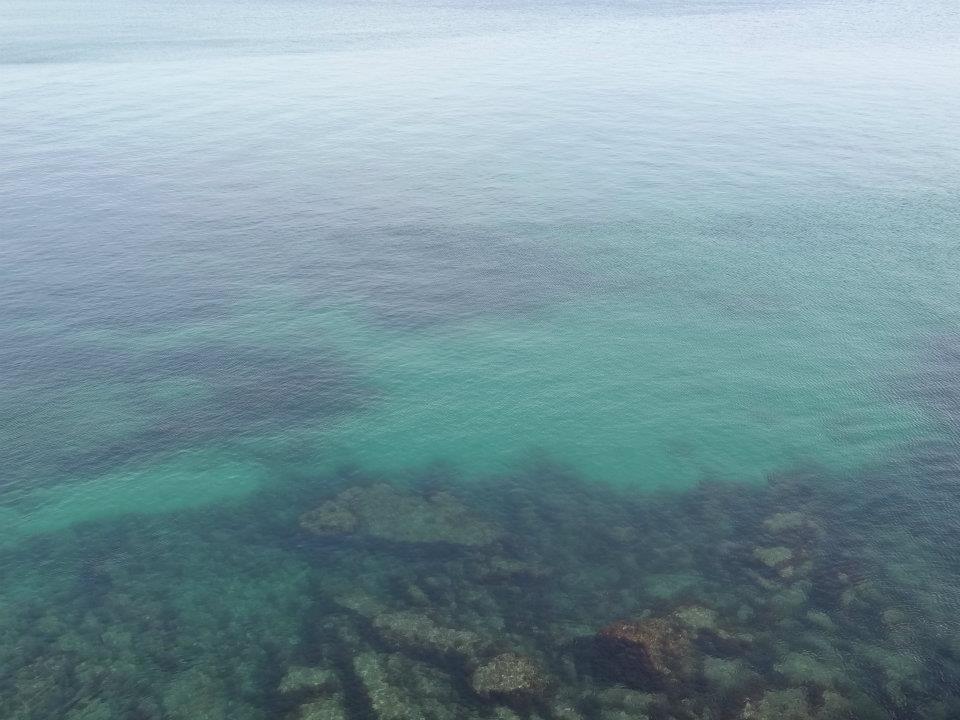
Peniche was once an island, but by the 16th century, continuous sand and sediment created a narrow isthmus, turning it into a peninsula. It has served as a bustling fishing port and still features a historical harbor and harbor walls.
An impressive 16th-century fortress dominates the old walled part of town and has undergone many transformations over the years.
Today, the Fortaleza has transformed into a municipal museum and includes a “Nucleo-Resistencia” that houses artifacts from the 1950s when the dictator Antonio Salazar used the Fortaleza as a prison for political dissidents.
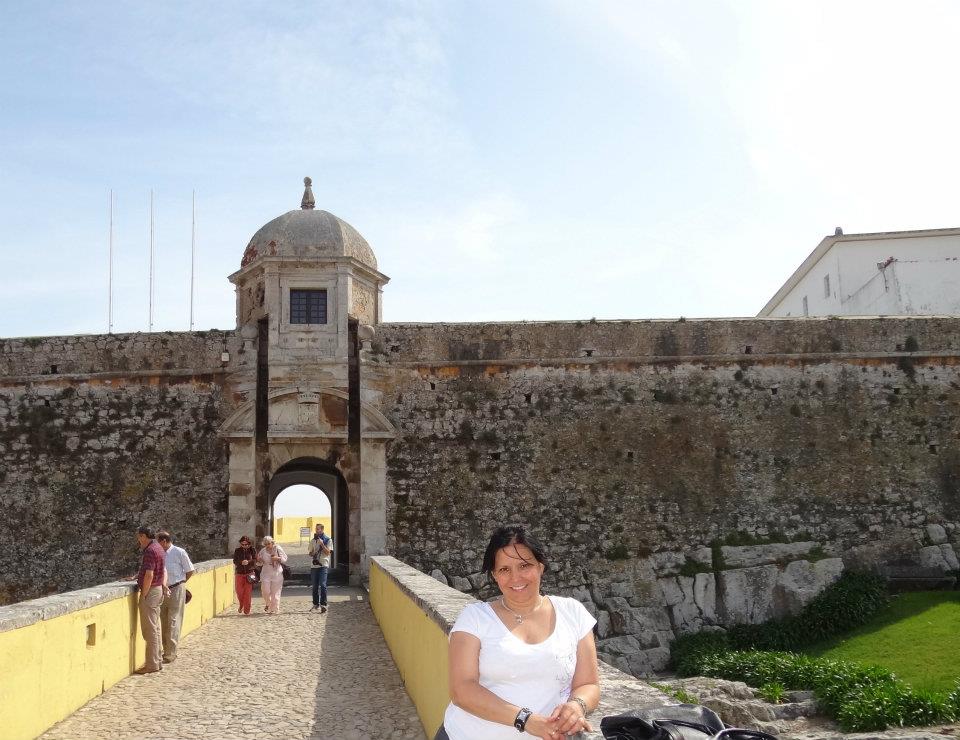
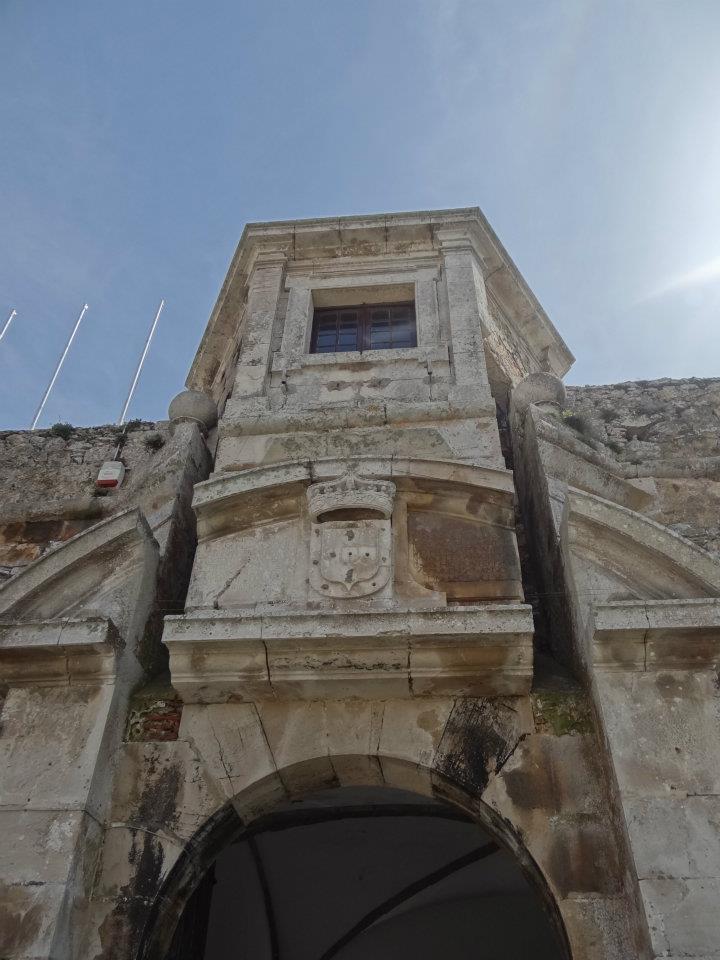
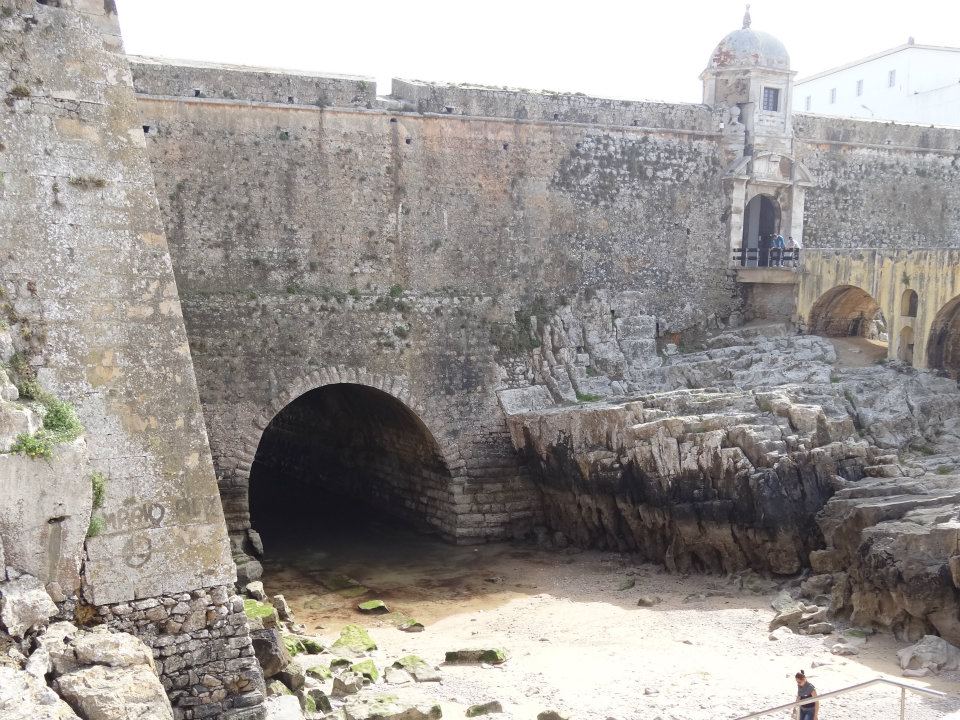
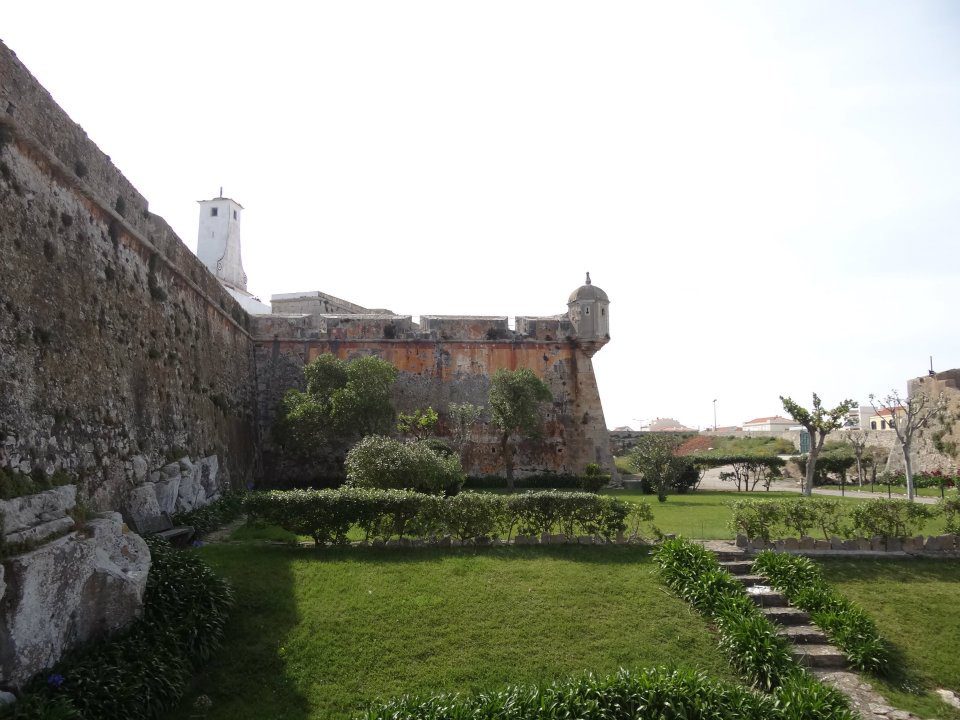
“A mind that is stretched by a new experience can never go back to its old dimensions.” – Oliver Wendell Holmes, Jr.
Interesting historical dates:
- The fortress construction started in 1557 by D. Luís de Ataíde under the orders of King John III. Portugal had to build this wall to protect the Portuguese population and land because the French pirates had attacked the Portuguese coast. Pendennis Castle, south of England, inspired the construction.
- D. Luís de Ataíde had to interrupt the construction in 1578 because he had to go to India.
- In 1589, the Luso-British naval force invaded the territory to place D. António Prior do Crato on the Portuguese throne. He claims the Portuguese throne during the 1580 dynastic crisis. He only ruled for 33 days. Unfortunately, Spain took over Portugal’s throne.
- In 1640, Portugal finally restored independence from Spain, and King John VI requested Peniche to initiate fortification.
- In 1645, the Fortress was finally complete.
- The Peniche Legion established in 1698 and designated as the Peniche Infantry Regiment in 1707.
- The Fortress suffered a significant earthquake in 1755 that destroyed Lisbon. The locals carried out the remodeling; however, it was expensive and sought assistance from Queen Maria I.
- In 1807, the Peniche military was occupied by a Franco-Spanish military contingent, who established themselves in the Fortress. But later, in 1809, it was recaptured by the English and Portuguese armies.
- After that, the Fortress was a depot for Spanish refugees and Brazilian political refugees, and the 368 Boer refugees arrived in Peniche from South Africa and stayed until 18 July 1902.
- The “Estado Novo,” a dictatorship developed by Antonio de Oliveira Salazar, converted the prison into a maximum-security political prison in 1934 following the coup d’état of 28 May 1926 against the unstable first republic.
- In the 60s, the Fortress witnessed the most significant escape from the high-security wing of Block C. A group of people from the Portuguese Communist Party escaped. Alvaro Cunhal, the party leader, was in his group.
- 25 April 1974 The Carnation Revolution. A military coup overthrew the Estado Novo regime. The political prisoners were released.
- In 1977, the Red Cross took over the Fortress.
- In 1984, The Peniche Museum was established, the National Museum of Resistance and Freedom.
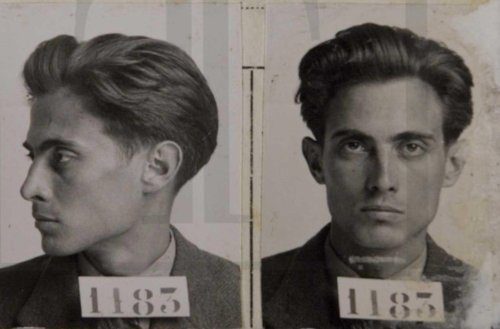
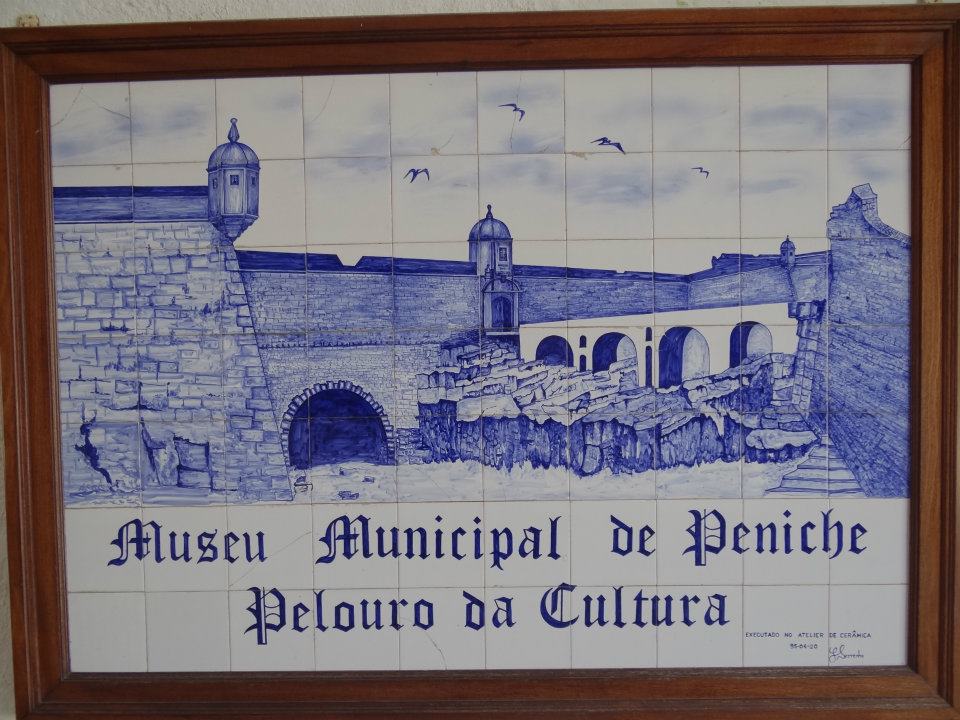
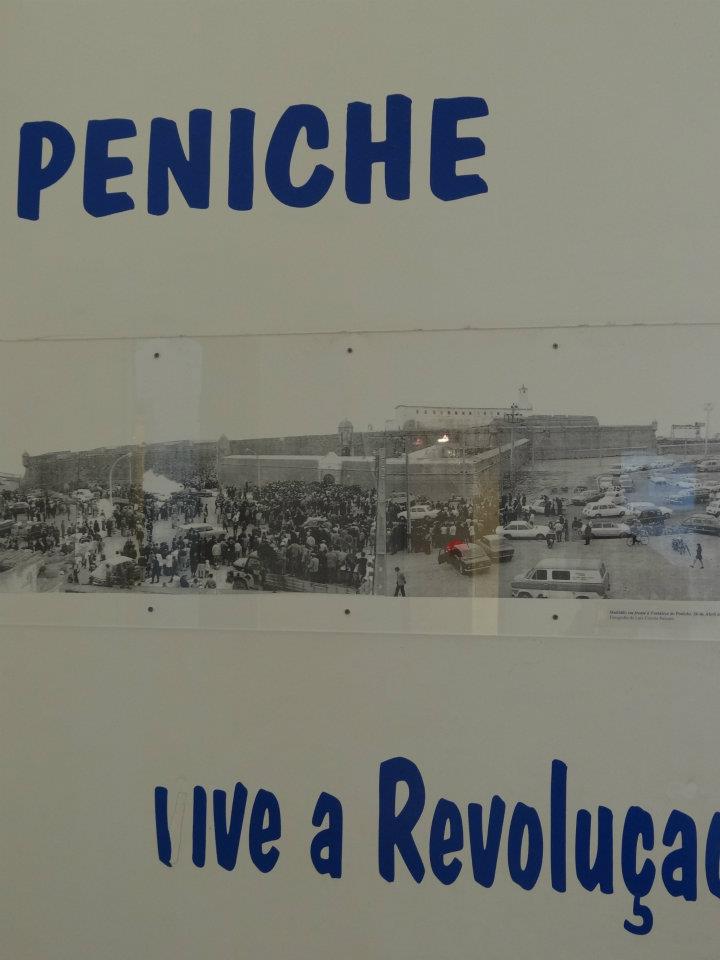
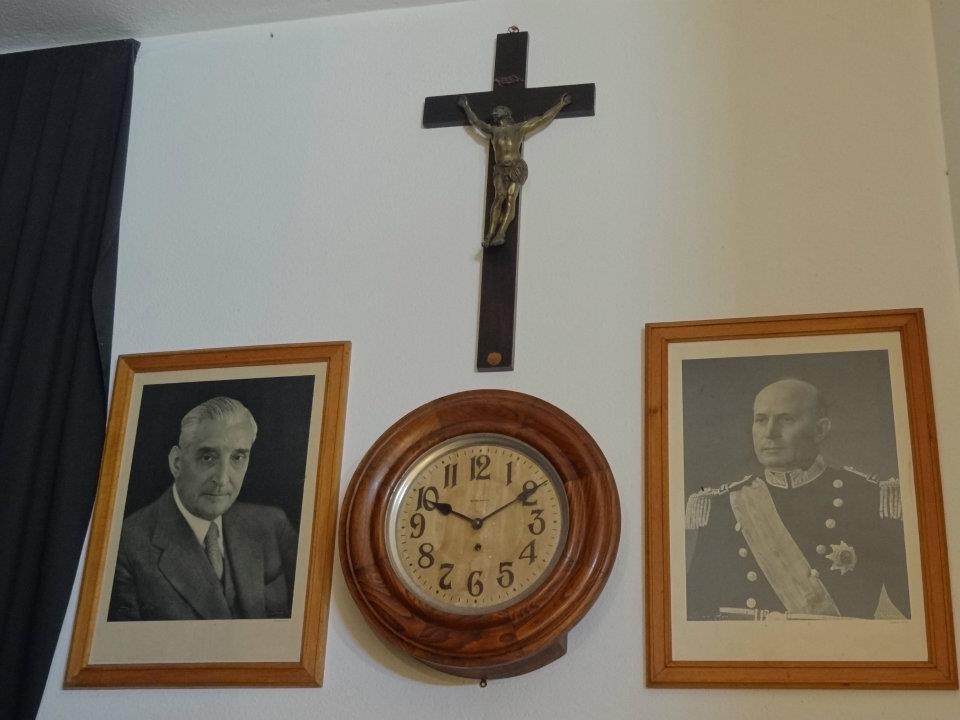
Peniche is a beautiful town by the sea, situated on a small peninsula in the Atlantic. The wind is strong, creating a chill even during warm summers. The water is clean and inviting but quite cold. When my husband attempted to go in, he was back out in no time. I suppose we’re getting old! Peniche is the perfect destination if you’re seeking nature and a peaceful, quiet retreat. The food is excellent, and the hotels are affordable, though very busy in the summer.
Whenever I think about Peniche, it reminds me of a very personal memory. My grandfather served as the deputy chief of police at the fortress during the Antonio Salazar dictatorship. Even though he passed away long before I was born, I’m deeply fascinated by his life. I wish I had more information about him.
Why waste your money looking up your family tree? Just go into politics and your opponents will do it for you. – Mark Twain
My Ancestor story
My grandfather was Portuguese and came from a modest family. I don’t have much information besides the fact that he was born on 14 October 1900 in Algarve, in the south of Portugal. He joined the police at a young age and met my grandmother, Sulitana, around 1927. She was a widow with a 6-year-old daughter. Four years later, she became pregnant with my dad. From 1934 to 1942, they lived in the fortress. My grandparents got married in 1940. Unfortunately, my grandfather died in 1942, just two years after their wedding, when my father was 12. I have the newspaper where it talks about my grandfather’s death. It says:
“The funeral of Mr. João Gonçalves Bechicin (name misspelled) took place today at the village cemetery. The deputy chief of the police, as reported by the Newspaper Century, fell from the wall of the Peniche fortress into the sea yesterday and drowned.”
“There was no crime committed. The sub-chief was walking on the wall when, either due to the wind or experiencing vertigo, he fell off the wall. The diligent residents of the village have discussed this incident.”
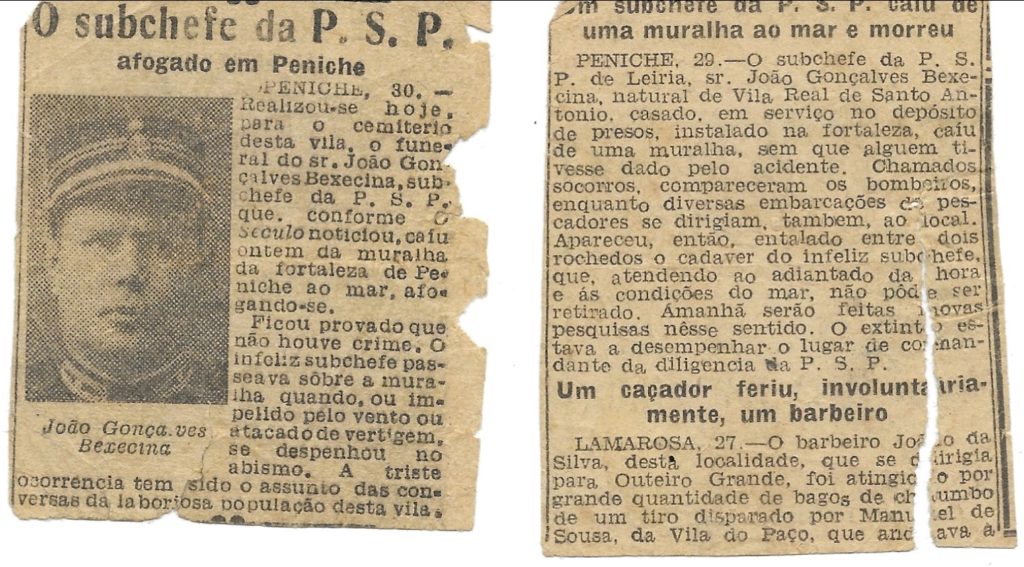
Peniche, 29 – The deputy chief of police in Leiria, Mr. João Gonçalves Bexicina(*), who was born in Vila Real de St. Antônio and was married, was working in the prison depot located in the fortress when he fell from a wall without anyone noticing the accident. Firefighters and several fishing boats responded to his call for help. Unfortunately, his body was found wedged between two rocks, and due to the late hour and sea conditions, it could not be removed. Tomorrow, a detective will conduct a further investigation. The deceased was serving as the commander of the police department.
I visited the fort twice: once with my father and recently with my husband and son. My dad guided me and shared many details about the place. I stood at the spot where my grandfather fell. The wall has a significant drop, as reported in the newspaper. It says, “He was walking on the wall when, either pushed by the wind or affected by vertigo, he fell into the abyss.” It seems unlikely that it was an accident. Someone definitely pushed him.
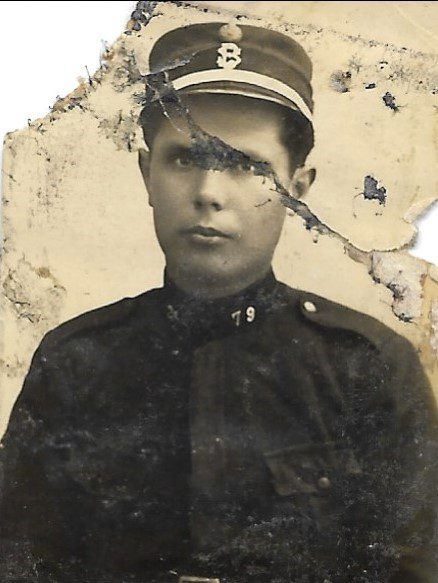
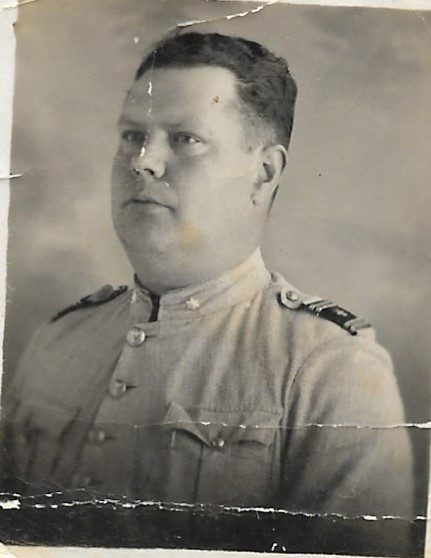
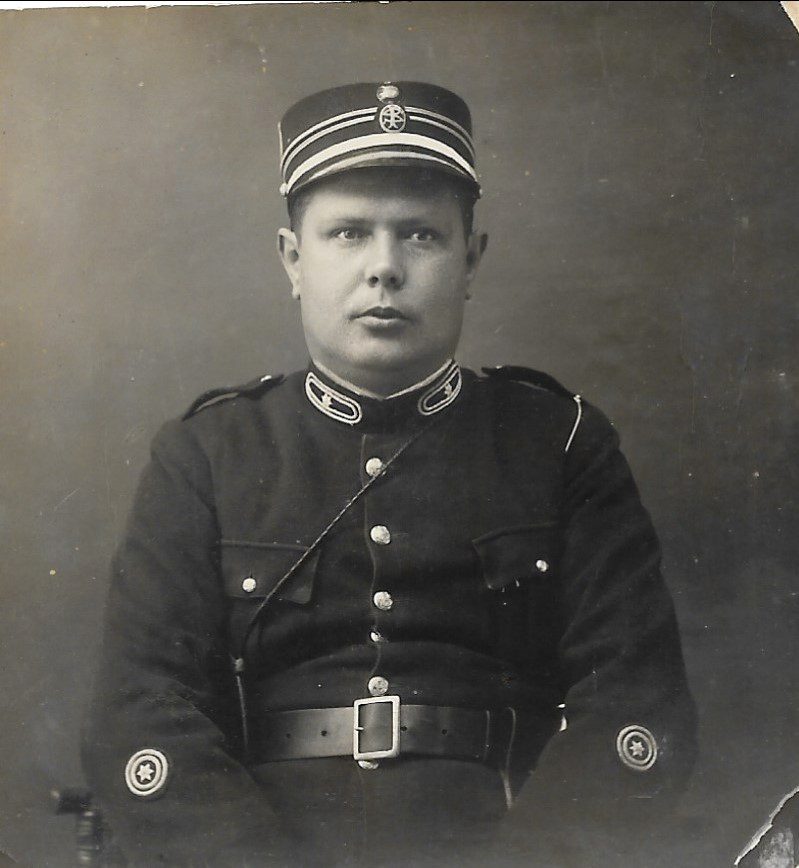
Anyway, I wanted to honor my grandfather with this post. Today, he is a forever-loving memory in my heart and mind. Love you, Grandfather João (John)
“Love is the greatest gift that one generation can leave another.” — Richard Garnett

